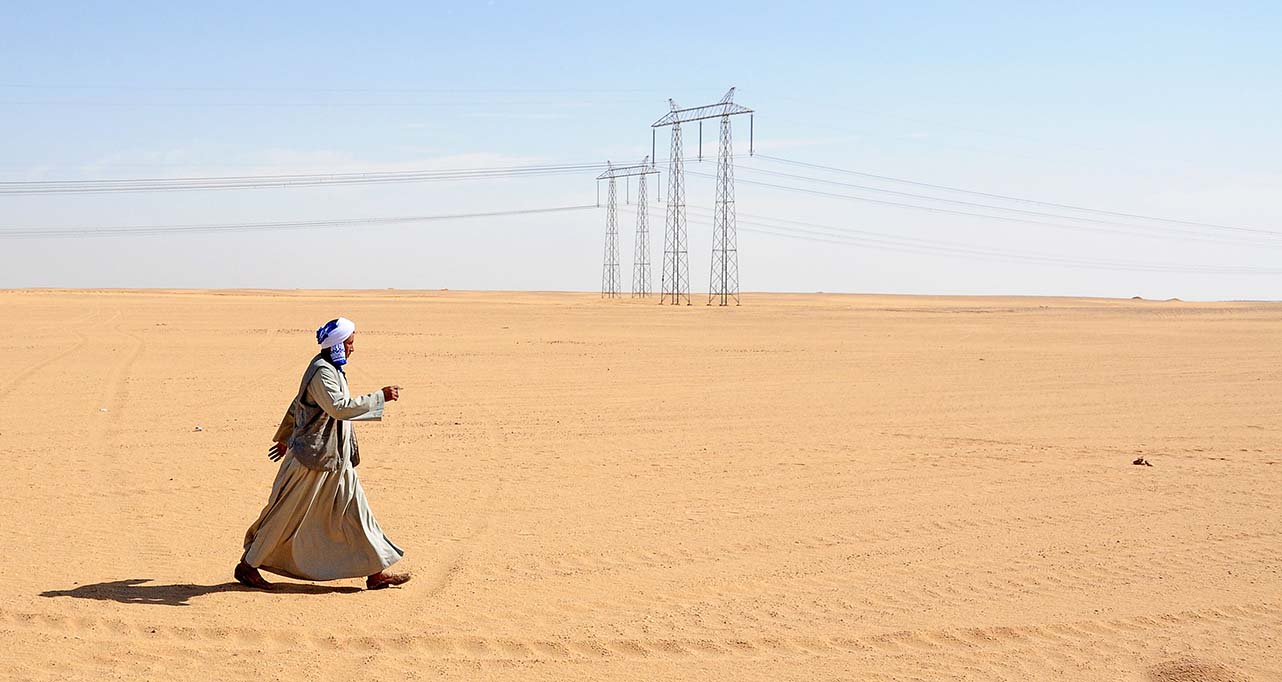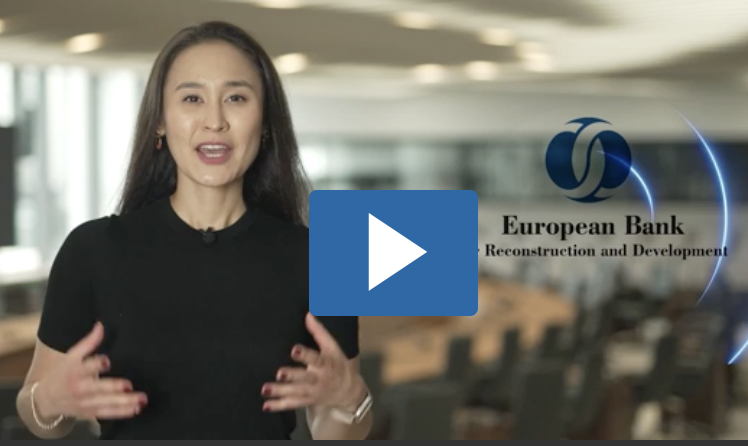By Andrea Baldan, Deputy Director of Technical Cooperation
It is 40 years since a mobile phone first made a call. The world now boasts 6.4 billion mobile subscriptions and by the end of this year that number is likely to exceed our planet’s population.
And the devices we hold in our hands or carry in our pockets are no longer just ‘phones’ but ‘smart,’ powerful computers with ears, eyes and sensors capable of capturing, analysing and transmitting data on the move.
Smartphones and portable devices are revolutionising the way people interact with each other, businesses, institutions and with government. Social media such as Facebook, Twitter and Instagram have added a ‘user-friendly’ interface to the likes of GIS and GPS and have pushed penetration and adoption rates to levels never seen before for any other technology.
Private businesses have for some time now explored the potential and opportunities offered by the new technologies. Crowdsourcing and social media analytics are just some of the tools marketers use to develop new products and increase sales.
Public institutions and governments in various countries have also started to exploit the advantages of utilising Web 2.0 technologies - the ability to interact, share and collaborate which began to transform our use of the web in the middle of the last decade - in the delivery of services to their citizens.
Now is the time for development agencies, Multilateral Development Banks and the development community in general to explore these opportunities and see how they can make development aid more effective.
The World Bank has already launched an initiative called “Mapping for Results” whereby donor-funded projects are geo-referenced and positioned in country maps, layered with development goals and other relevant data and displayed in a user-friendly and accessible way. Its aim was to enhance the ability to monitor development impact, improve transparency and social accountability. But I am convinced that new technologies allow us to do much more.
In research I am currently working on I introduce the term “Aid Effectiveness 2.0” and define it as the systematic use and application of Web 2.0 technologies to capture, structure, analyse, share and disseminate information for an efficient planning, management and deployment of aid.
With this research I intend to look at how the development community can benefit from this revolution and adopt Web 2.0 technologies to gather valuable data and disseminate information in a more cost-effective way. I have launched a discussion group on LinkedIn, created a website (aideffectiveness20.com) to bring together ideas and contributions, and am currently running a survey on the topic.
I strongly believe that using and analysing data sourced spontaneously and voluntarily from the field can add tremendous value in the process of planning, managing and deploying aid. Imagine, for example, real-time user-generated data on the local environment, traffic, sanitation or other topics which can support aid allocation decisions. Think how useful data from the field would be for monitoring and evaluating progress. What about the speed and capillarity of disseminating information (such as pictures, videos or interviews) to report on the results and impact of aid interventions?
I can already see a future in which people download an application to their smartphones and with it become our eyes and ears in the field - where the real data is. The beneficiaries of aid are being transformed from passive ‘users’ to primary ‘suppliers’ of data and information. The result of this change will be the delivery of much more effective aid. That is what I call ‘Aid Effectiveness 2.0’. And that future is about to become reality.



